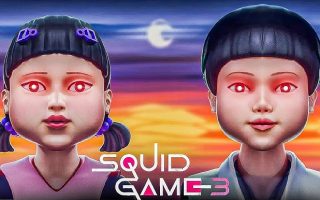[Blue Eye Samurai Review Netflix]”Kill Bill” in the Edo period, created by Americans, is not Japanese.
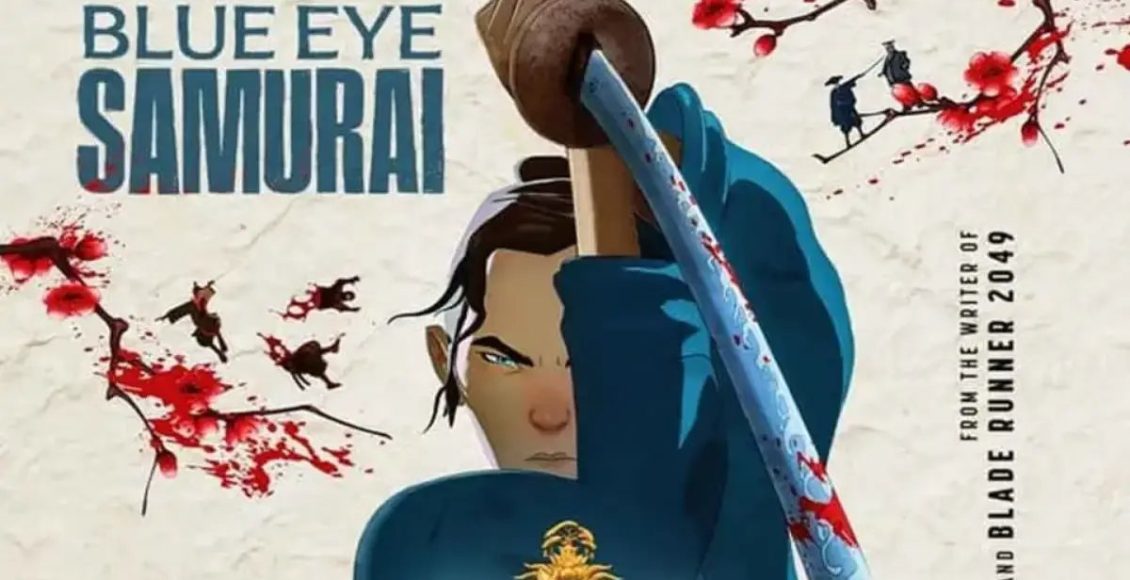
Blue Eye Samurai
Summary
Overall, this American animation series tells a unique version of Japanese history with a half-Japanese female samurai as the vengeful hero, similar to the style of the movie “Kill Bill.” It blends a revenge-driven narrative with a storyline where the hero aids oppressed women in Edo-era Japan while pursuing her Western antagonist father. The series introduces several other unique American-style characters, making the story fresh and different from traditional Japanese storytelling. However, it features intense and explicit content, earning an 18+ rating.
The animation itself is of high quality with smooth and flowing visuals, but the major drawback is the extensive modifications to Japanese history, which may not sit well with viewers who are well-versed in Japanese culture and history. The fact that it is not a self-contained series and may not continue to a second season could also be a concern, especially given its relatively small global viewership.
Overall
7/10User Review
( votes)Pros
- It’s an American animation series that adapts and tells a story based on Japanese history.
- It contains intense and explicit content, earning it an 18+ rating.
- It features standout characters with fresh character development.
- The animation quality is very high.
Cons
- It reinterprets Japanese history to the extent that it deviates significantly from the original.
- The protagonist is a female who disguises herself in an unconvincing manner.
- The protagonist is incredibly skilled to an exaggerated degree.
- The series is not concluded within a single season.
ADBRO
Blue Eye Samurai An 8-episode Netflix animation series follows the story of a half-Japanese child with blue eyes who becomes a despised outcast in the Edo period of Japan. While the government has closed its borders to keep white people out, she must hunt down the one responsible for her fate and eliminate them.

Blue Eye Samurai Review Netflix (No Spoilers)
This animation has a strong Japanese aesthetic in terms of its art style and storyline, but it’s not a direct product of Japan. Instead, it’s created by Americans, particularly by a half-Japanese individual. The entire voice cast of the series is of American nationality, which means that the details in this show aren’t in the pure Japanese style but rather reflect the perspective of foreigners attempting to adapt Japanese historical narrative. It starts with the concept of locking out Western influence and uses four white People characters in the story, who exhibit malevolent behavior, coercion, Opium trade, and possess advanced firearms (in a period when Japan mainly used bows and arrows). These four characters collectively oppress Japanese women, leading to the birth of a half-Japanese outcast named “Mizu.” She grows up in a survivalist environment under the dominance of her mother, who forces her to pass as a man to survive, and later, she finds a blacksmith who teaches her to wield a sword. Mizu then dedicates herself to training in swordsmanship and seeks to identify one of those four individuals who fathered her for revenge.
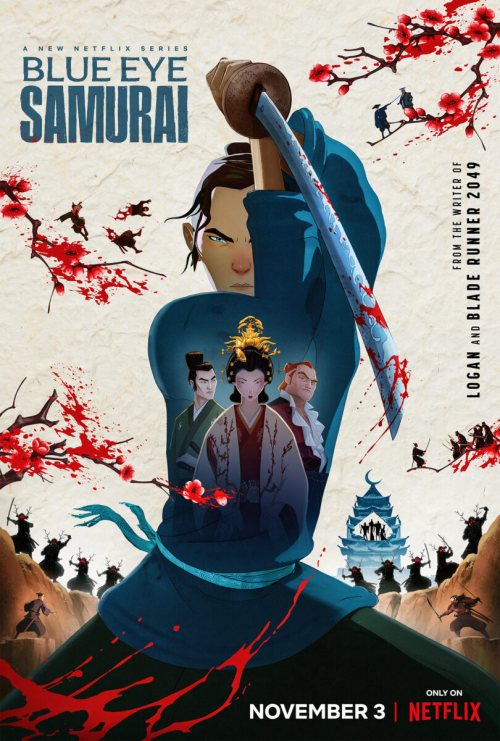 The storyline revolves around a revenge-driven journey from start to finish, but it gives Mizu the role of a concrete samurai who becomes a hero when she encounters injustices in that era and helps rectify dire situations. Most of the problems depicted in the story are societal issues where men dominate and oppress women, such as the issues of prostitution, forced marriage, and mothers selling their daughters. Interestingly, the creators are also a half-Japanese woman, and the story appears to take contemporary feminist issues and transpose them into the past. This might make the series seem a “woke” to those who are well-versed in Japanese history because the concept of a half-Japanese female samurai didn’t exist in history, although there were indeed female samurai in the noble class. The story makes the main character incredibly capable, to the point of being somewhat exaggerated, as she can dodge bullets, take on multiple opponents simultaneously, and single-handedly defeat an entire army without anyone realizing she’s a woman. While it may feel unusual at first, if viewers can overlook these aspects, might find the story’s details quite interesting.
The storyline revolves around a revenge-driven journey from start to finish, but it gives Mizu the role of a concrete samurai who becomes a hero when she encounters injustices in that era and helps rectify dire situations. Most of the problems depicted in the story are societal issues where men dominate and oppress women, such as the issues of prostitution, forced marriage, and mothers selling their daughters. Interestingly, the creators are also a half-Japanese woman, and the story appears to take contemporary feminist issues and transpose them into the past. This might make the series seem a “woke” to those who are well-versed in Japanese history because the concept of a half-Japanese female samurai didn’t exist in history, although there were indeed female samurai in the noble class. The story makes the main character incredibly capable, to the point of being somewhat exaggerated, as she can dodge bullets, take on multiple opponents simultaneously, and single-handedly defeat an entire army without anyone realizing she’s a woman. While it may feel unusual at first, if viewers can overlook these aspects, might find the story’s details quite interesting.
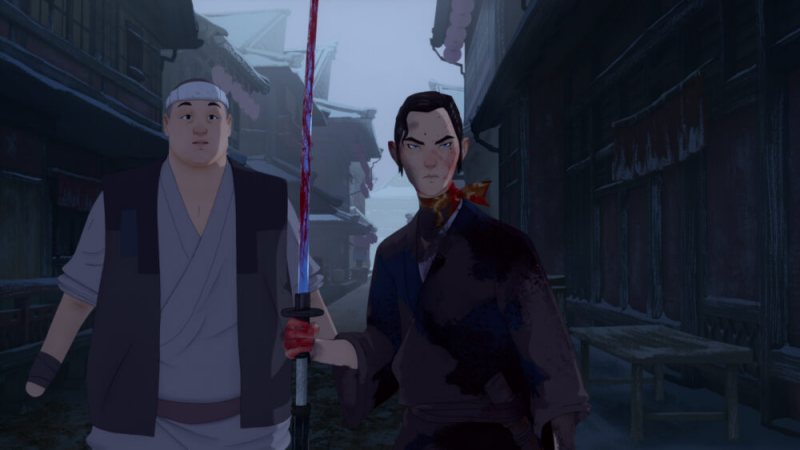
One of the great aspects of the series is how it introduces incredibly unique and different characters compared to typical Japanese narratives. These characters all undergo personal development that might not be typical in Japanese storytelling. For example, a young child who was initially hostile to Mizu but later grows up to become a skilled samurai and eventually close friends. The princess, who is skilled in seduction and seeks autonomy and power in her relationships. A physically disabled child who wants fame and is willing to do anything to achieve it. Even the antagonistic characters have stories that go beyond historical reality, such as the white villains who plan to overthrow the Shogun, making the entire storyline fresh and engaging. It’s interesting to follow how each character’s development unfolds, and the main character, Mizu, may have less personal growth because of her enduring vendetta, but there are still moments of relaxation and backstory glimpses. It’s understandable given that this animation doesn’t conclude within a single season, so her vengeance remains a central theme for character development in future episodes.
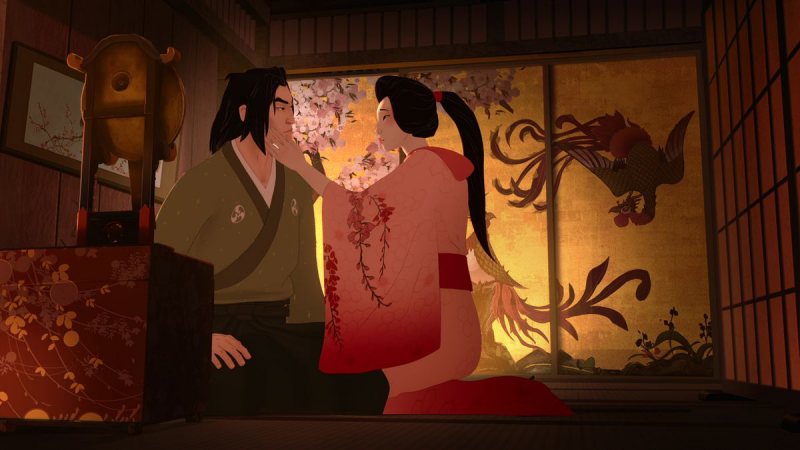
The series is rated 18+ and being an American creation, it includes many graphic and violent scenes throughout the story. There are also numerous explicit sexual scenes,The content is quite mature and not suitable for a younger audience.
In terms of visuals, the series is considered to be of high quality. The characters and various environments are well-executed, featuring a beautiful Japanese-style aesthetic. The animation flows smoothly, and there are no noticeable frame jumps often seen in Japanese productions. Overall, it is a high-quality work in terms of animation and artistry.
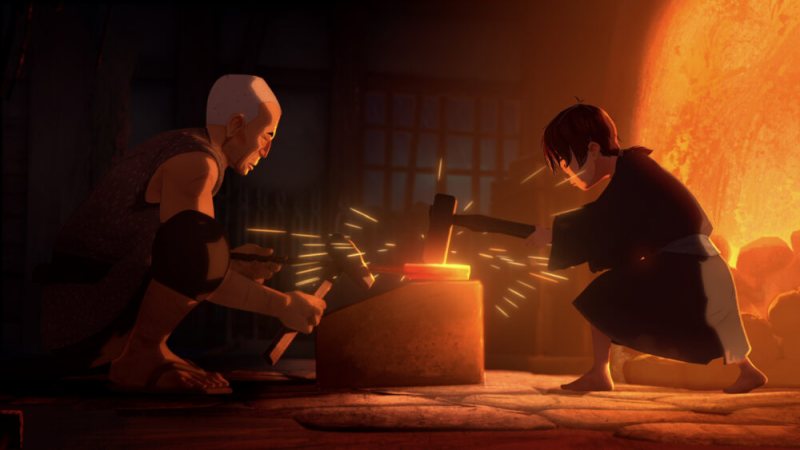
Overall, this American animation series tells a unique version of Japanese history with a half-Japanese female samurai as the vengeful hero, similar to the style of the movie “Kill Bill.” It blends a revenge-driven narrative with a storyline where the hero aids oppressed women in Edo-era Japan while pursuing her Western antagonist father. The series introduces several other unique American-style characters, making the story fresh and different from traditional Japanese storytelling. However, it features intense and explicit content, earning an 18+ rating.
The animation itself is of high quality with smooth and flowing visuals, but the major drawback is the extensive modifications to Japanese history, which may not sit well with viewers who are well-versed in Japanese culture and history. The fact that it is not a self-contained series and may not continue to a second season could also be a concern, especially given its relatively small global viewership.


